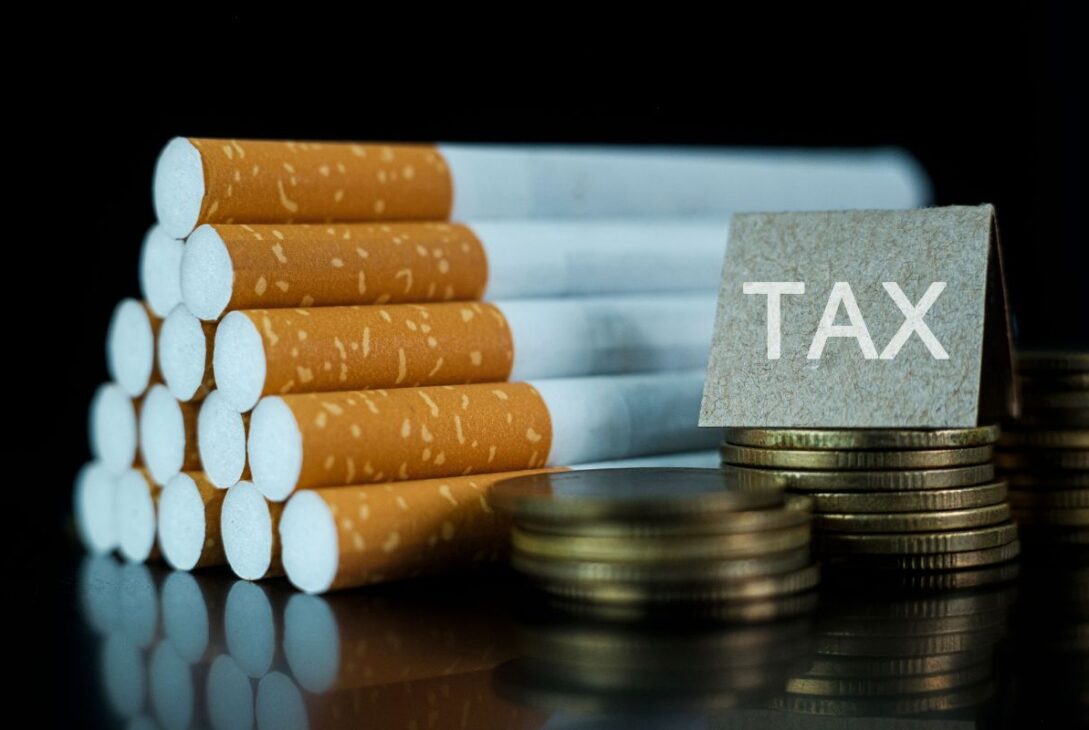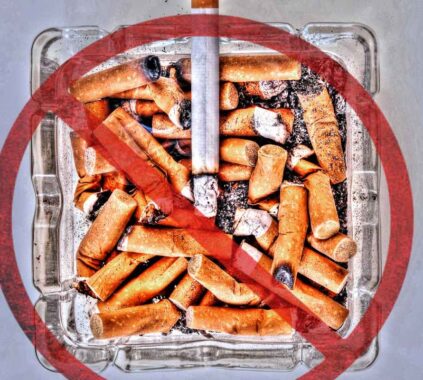In recent years, New York has been at the forefront of implementing policies to reduce smoking rates and generate revenue for public health initiatives. One such policy is the significant increase in cigarette taxes. While proponents argue that these tax hikes positively affect public health and state finances, others believe they come with consequences. In this article, we will delve into the facts about New York’s raised cigarette taxes, exploring the benefits and drawbacks of these policies.
The Tax Increase New York has consistently ranked among the states with the highest cigarette taxes in the nation. The state has raised cigarette taxes multiple times in recent years, with the most recent increase occurring in [mention the year and the specific tax amount increase]. This increase has pushed the average price of cigarettes in New York to [mention the current price], one of the highest in the United States.
Public Health Benefits
One of the primary motivations behind raising cigarette taxes is to deter smoking and reduce the prevalence of tobacco use. Research has shown that higher cigarette prices decrease smoking rates, especially among young people and low-income individuals. It can result in significant public health benefits, including a reduced incidence of smoking-related illnesses such as lung cancer, heart disease, and respiratory conditions.
- Revenue Generation: Another significant advantage of increased cigarette taxes is the revenue generated for the state. The additional tax revenue can be channeled into various public health initiatives, education, and infrastructure projects. For example, New York has used a portion of its cigarette tax revenue to fund smoking cessation programs, which have helped many smokers quit the habit.
- Smuggling and Illegal Sales: While higher cigarette taxes have several benefits, they also have some unintended consequences. One of the most significant issues is the rise of cigarette smuggling and illegal sales. As cigarette prices increase, individuals are increasingly incentivized to engage in unlawful activities to obtain cheaper cigarettes. It undermines the state’s revenue goals and poses law enforcement challenges.
- Impact on Retailers Small businesses: particularly convenience stores and tobacco retailers, have expressed concerns about the effects of raised cigarette taxes on their livelihoods. Higher prices can lead to decreased sales, which can, in turn, result in job losses and store closures. Striking a balance between public health goals and the economic impact on retailers is a challenge that policymakers must address.
- Cross-Border Shopping: Another issue that arises from higher cigarette taxes is cross-border shopping. Smokers in New York may travel to neighboring states with lower cigarette taxes to purchase their tobacco products. It deprives New York of potential tax revenue and increases traffic and road wear and tear.
- Disproportionate Impact: Critics argue that increased cigarette taxes disproportionately affect low-income individuals and communities. The rising cost of cigarettes can significantly burden those struggling financially. It can create an equity issue where the policy severely impacts those with fewer resources.
- The Role of Smoking: Alternatives As cigarette taxes rise, some smokers turn to alternatives such as electronic cigarettes or vaping products. While these alternatives may be less harmful than traditional cigarettes, they are not without health concerns. Policymakers must consider the potential shift in consumer behavior when implementing higher cigarette taxes.
Conclusion
New York’s raised cigarette taxes have brought about positive and negative consequences. On one hand, they have contributed to public health improvements and generated revenue for essential initiatives. On the other hand, they have given rise to issues such as smuggling, illegal sales, and economic burdens on retailers and low-income individuals.
Balancing the benefits and drawbacks of increased cigarette taxes is complex for policymakers. All the information must be considered, and the policy’s effects must be continually assessed to make informed judgments. Ultimately, the goal should be to find a middle ground that promotes public health, supports state finances, and minimizes unintended consequences.
Last modified: September 19, 2023






